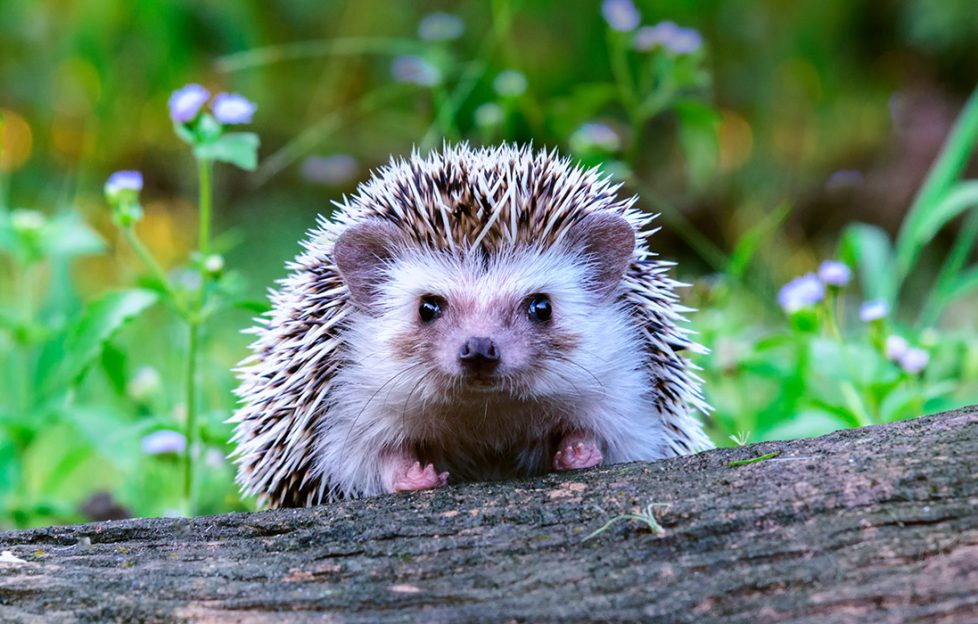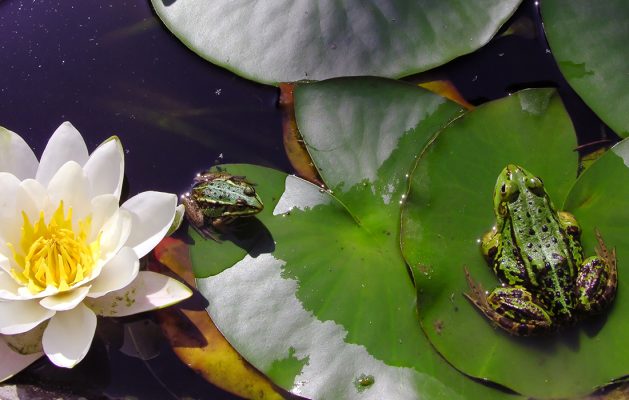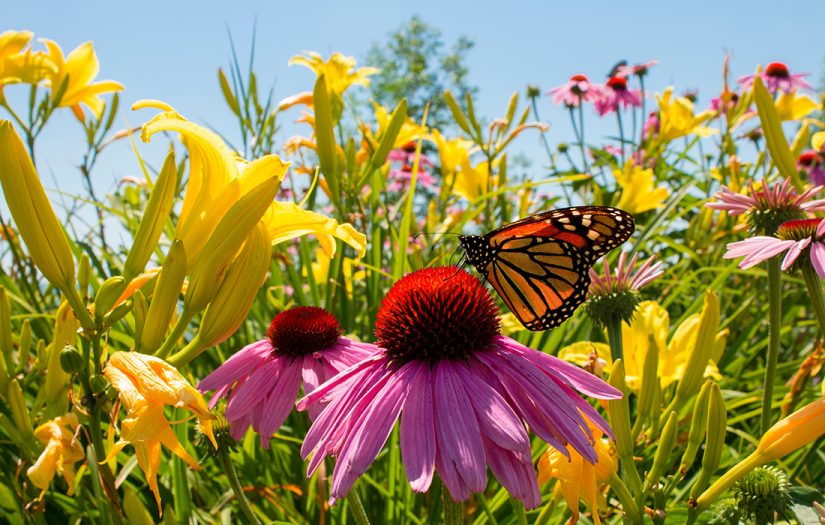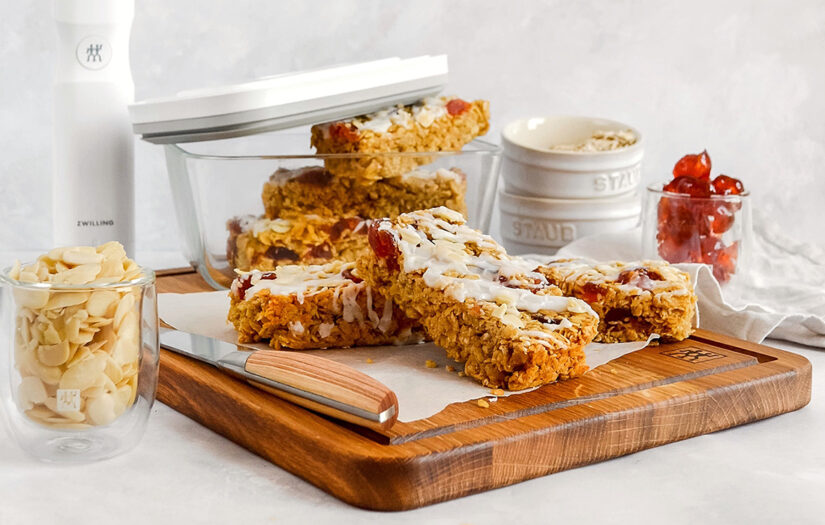 Shutterstock©
Shutterstock©World Wildlife Day takes place on March 3 every year, but you can make small changes in your outdoor space all year round by creating a wildlife-friendly garden
The United Nations initiated World Wildlife Day in 2013 to celebrate and raise awareness of the world’s wild animals and plants.
For World Wildlife Day 2024 the theme is “Connecting People and Planet: Exploring Digital Innovation in Wildlife Conservation“, celebrating technological innovation that has made research, communication, tracking, DNA analysis and many other aspects of wildlife conservation more efficient and accurate.
It’s a big, broad concept, but don’t let it put you off getting involved — there are plenty of little things you can do to play your part.
Here are some great tips to help you create a wildlife-friendly garden and boost biodiversity, courtesy of the gardening experts at The Greenhouse People.
6 ideas for a wildlife-friendly garden
1. Get clever with compost
Making your own compost heap from kitchen and green waste can create the perfect home for minibeasts like worms, snails and woodlice, as well as larger wildlife like hedgehogs, toads and grass snakes.
The ideal bin is one made from sustainable slatted wood, allowing wildlife to clamber in and out of the heap as they please.
Regularly add alternating layers of green (nitrogen-rich) materials like grass cuttings, weeds and uncooked vegetable peelings. Brown (carbon-rich) materials like leaves, wood chippings, shredded paper, cardboard and sticks are also helpful.
You can even use your home-grown compost as an eco-friendly way of heating your greenhouse.
Small compost bins located around the greenhouse can create microclimates, or you can dig compost trenches in the floor to keep the heat up through winter.
2. Create a hedgehog hub
Hedgehogs are a gardener’s best friend; these often-overlooked creatures help keep garden pests in check without the need for harsh chemical pesticides.
Encourage hedgehogs to pay a visit by leaving out water in a shallow bowl, together with specialist food from wildlife food suppliers. They’re also rather partial to tinned dog or cat food (not fish-based).
Log piles will also offer them a dark and sheltered safe space for breeding and hibernating.
3. Install a wildlife-friendly water feature

Pic: Shutterstock / Marek Mierzejewsk
Water features, like a bird bath or a pod, are a low maintenance way of attracting wildlife and supporting a diverse ecosystem in your garden.
Try to stick to rainwater, which should naturally collect and build up. A little light shade stops your water feature drying out during hot summer afternoons, and helps to slow algae growth.
If your water feature has a filter, keep the nutrient-rich sludge that collects over time and use it as a natural fertiliser to feed your plants.
Or add a pond to your garden. It doesn’t have to be big to attract insects and frogs, and it’s a good way to grow plants you may not otherwise have considered before. Most garden centres have specialised pond and aquatic plants.
4. Attract nocturnal hunters
We are lucky enough to have 18 species of bat in the UK, although many are now endangered due to habitat loss.
Bats feast on mosquitos, moths and more, but these flying mammals are more than just insect control.
Their excrement is a natural, long-lasting fertiliser which works in many types of soil. To attract bats, plant night-scented flowers and reduce your artificial lighting.
You can even put up a bat box to encourage them to roost.
These nocturnal hunters are legally protected in the UK, so always check if bats are in residence when building works are being planned or tree surgery is required.
5. Cultivate a wilderness area

Pic: Shutterstock
The UK has lost 97 percent of its species-rich meadows since the 1950s, leaving many small animals and insects without a home.
Opting for a “wild” garden can help reverse this trend, and save you time on gardening work.
Scatter wildflower seeds over a patch of unused lawn to create a pollen-rich haven for bees, butterflies and insects.
Grow climbers like ivy and roses to give year-round cover for birds, and relax when it comes to weeds.
Plants such as nettles, daisies and buttercups are important sources of food for critters.
6. Capture your visitors on camera
Using tech to track wildlife is the theme for World Wildlife Day 2024, so why not get to know your garden and see the results of your hard work by installing an outdoor wildlife camera somewhere discreet?
These clever devices monitor all activity in your garden through motion sensors, and many on the market also have night modes to capture visits from nocturnal animals, too.
Alan Titchmarsh and Joel Ashton – Gardening for Wildlife
For more gardening advice from “The People’s Friend”, click here.
For more information on World Wildlife Day, click here.




